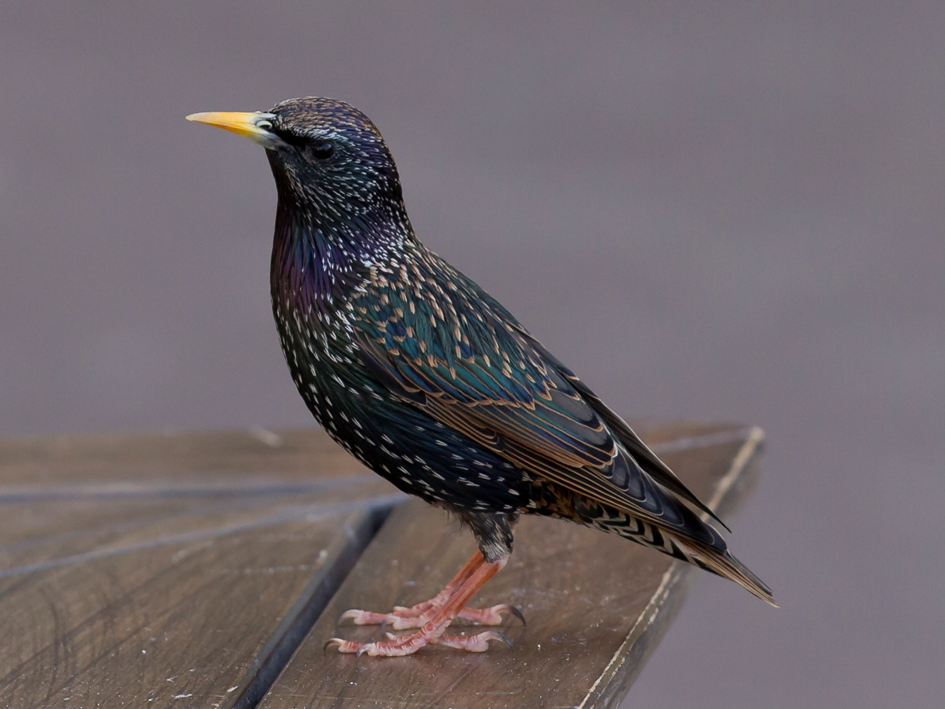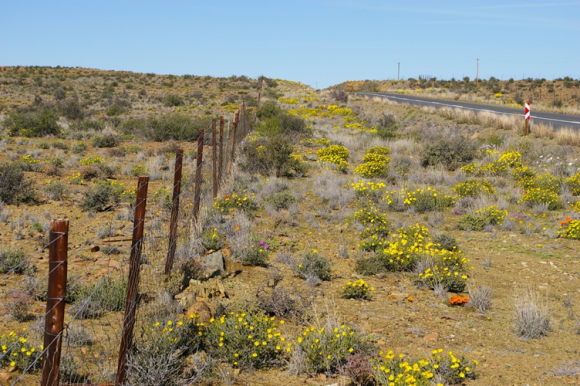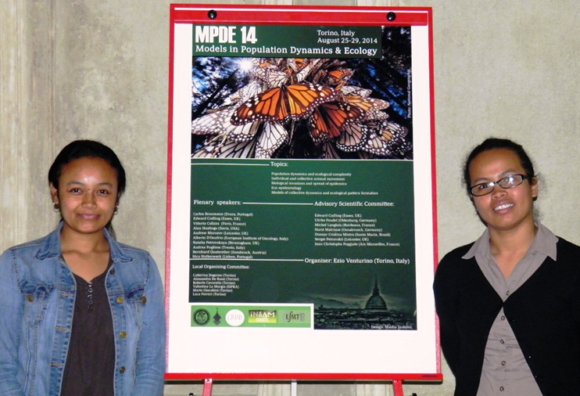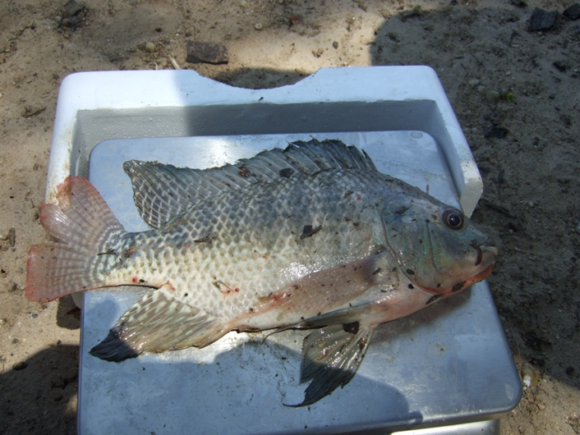22 January 2014 | By Cecile Berthouly-Salazar
Geographic range expansions by plants and animals have presented a number of puzzles to scientists. The first of these is known as Reid’s paradox: species ranges often expand much faster than expected from normally observed dispersal rates. This paradox was solved by a theory showing that the rate of dispersal of individual animals and plants should increase towards the front of an expanding geographic range. Subsequently, researchers have shown an increase in dispersal abilities towards the expanding range front for invasive cane toads in Australia. Toads at the invasion front have longer legs, and thus higher dispersal abilities, compared to individuals from core populations. Since then, many other studies have confirmed this phenomenon based on morphological data. It is therefore widely believed that dispersal can change during the course of range expansion. While these studies have immensely contributed to our understanding of how dispersal operates, measurements of morphological traits cannot dismiss the influence of phenotypic plasticity in trait variations observed, i.e. longer legs in cane toads may simply reflect environmental influence rather than have a genetically inherited basis.
The second puzzle surrounding geographic range expansions is how genetic diversity is maintained across an expanding range. Standard models of dispersal as a pure-diffusion process (army-like dispersal) predict the erosion of genetic diversity at the expanding range margin due to successive bottlenecks (founder events) and also an increase in deleterious mutations (“expansion load”), which is obviously disadvantageous from an evolutionary point of view. However, recent models including a fat-tailed dispersal kernel (i.e. modelling dispersal with many short distance but also a few long-distance dispersal events) show a radically different result: instead of genetic erosion, a combination of short and long distance dispersal could actually result in an increase in genetic diversity at the expanding range front and a decrease of the expansion load. While these modelling results are compelling, there manifestation remains to be demonstrated in nature.

Recently, former C·I·B post-doctoral fellow, Dr Cecile Berthouly-Salazar, and her co-workers from the C·I·B (Drs Jaco Le Roux, Cang Hui and Profs Bettine Jansen van Vuuren, Berndt Jansen van Rensburg), provided one of the first studies as empirical evidence for the theory proposed to explain this second puzzle. In a publication that appeared in Molecular Ecology they showed both an increase in dispersal and genetic diversity towards the expanding range front of the invasive starling, Sturnus vulgaris, in South Africa. Not only did they support theoretical predictions on the fate of genetic diversity, but their landscape genetic approach also showed that this acceleration can be partly explained by the response of individuals encountering unfavourable environmental conditions during range expansion. Genetic diversity is not only conserved across the expansion range but also brought forward to the front by frequent long-distance dispersal. The findings of Dr Berthouly-Salazar and her co-workers neatly fit into the known expansion of starlings in South Africa from Cape Town eastwards based on occurrence record data. In fact, C·I·B core team member, Dr Cang Hui and co-workers have previous also noted an acceleration of dispersal (based on historical records), and the current work related this acceleration to the encountering of unfavourable rainfall regimes by starlings at the range front.
Biological invasions are a fundamental element of environmental change, thanks to human-mediated introduction, while climate change will further complicate the shuffling of species in the future. The findings of this paper will therefore be of great importance for the fields of evolutionary biology, global change biology, biogeography, invasion ecology and conservation.



